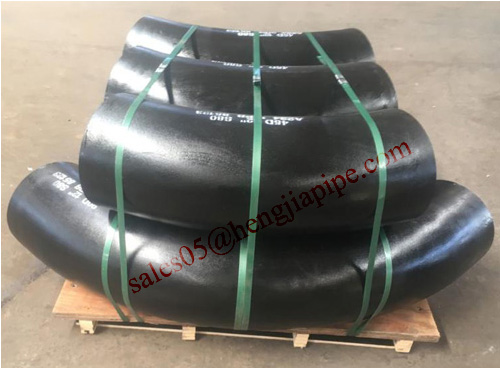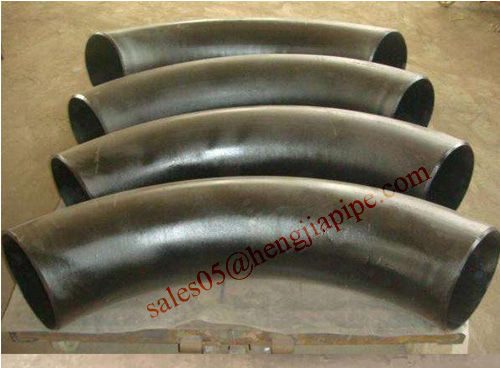Compared with elbows, bend will have tangent length if the customers need. The bend radius is larger than elbows`. When it is more than 2D, it is called bend. There are 3D, 5D, 7D, 10D bends. Below picture is 3D Bend with tangent length, angle is 45deg and 90deg.
Carbon steel 3D bend
These bends are packed by wooden pallet because of big volume.
As for manufacture standard, it is different from other pipe fittings. Its standard is ASME B16.49.
Materials are carbon, alloy and stainless steel. Wall thickness in common use is STD, XS and so on. With the development of the society, steel bends are widely applied in oil & gas transportation of pipeline system.
Steel Bend Pipe Bends,Weld Bend,3D Bend,Black Steel Bend CANGZHOU HENGJIA PIPELINE CO.,LTD , https://www.hj-pipeline.com
The photosynthesis instrument uses infrared technology to measure CO2 and H2O in gases. Different gases have different absorption of infrared radiation energy. When infrared light passes through CO2 and H2O gas molecules, the frequency of the gas molecules is equal to that of the gas molecules, resonance infrared light can be formed, and is absorbed by gas molecules, so that the transmitted infrared energy is reduced, the amount of infrared light energy absorbed, and the absorption coefficient of the gas ( K) The concentration of gas (C) is related to the thickness of the gas layer (L) and obeys Lambert-Beer law, which can be expressed by the following formula: E=E0eKCL where E0 is the energy of the incident infrared light and E is the transmitted infrared light energy. Infrared CO2 and H2O gas analyzers typically use 4.26 [mu]m and 2.6 [mu]m infrared absorption peak wavelength energy as infrared radiation energy.
As long as the photosynthesis instrument measures the size of the transmitted infrared light energy (E), the CO2 and H2O gas concentrations can be known. The infrared instrument is equipped with an open air circuit and a variety of gas supply, absorption, conversion and other systems, so that the photosynthetic rate, transpiration rate, stomatal conductance and intercellular carbon dioxide concentration can be controlled under the conditions of controlling CO2, photosynthetically active radiation, temperature and humidity. And photosynthetically active radiation, atmospheric CO2 concentration, blade temperature, temperature of assimilation chamber, light saturation point and other indicators.


Photosynthesis instrument measurement parameters include CO2 concentration, net photosynthetic rate, transpiration rate, intercellular CO2 concentration, stomatal conductance, atmospheric humidity, air temperature, blade temperature, vapor pressure deficit, atmospheric pressure, light intensity, and Ci/Ca, etc. It is mainly applied in the study of photosynthesis, transpiration and respiration of plant leaves. The photosynthesis instrument can calculate RuBP carboxylation efficiency, apparent quantum yield, light compensation point, light saturation point, CO2 compensation point, CO2 saturation point, temperature compensation point, maximum regeneration rate of RuBP, and photosynthetic stomatal limit value from these response curves. Wait for some very useful physiological and ecological parameters.